"San Bartolomeo - Oil On Canvas XVII Century"
SAN BARTOLOMEO - Oil on canvas 17th century Disciple of Jusepe de Ribera Bartholomew or Nathanael? His name, Bartolomeo, means "son of the brave". According to most scholars, however, it would actually be Nathanael (in Hebrew "gift of God"): this is stated in the Gospel of John. From sec. IX the Syriac church identified the apostle Bartholomew with Nathanael, originally from Cana in Galilee, who is only remembered by the fourth gospel in two places (1, 43-51; 21.2). Nathanael was supposed to be the personal name while Bartholomew the family name or rather a nickname? His name is clearly a patronymic, because it is formulated with explicit reference to the father's name. In fact, it is a name of probable Aramaic imprint, bar Talmay, which precisely means "son of Talmay" His evangelical profile and the theological sense of his figure Nothing else is known about the origins of Natanaele-Bartolomeo at share what the Gospel of John says. At a wedding in Cana de Galilee, Andrea leads her brother Simone there and Philippe leads Nathanaël there, presenting him as a prophet and also providing the surname, first name and country of origin (Jesus, son of Joseph of Nazareth) . Nathanaël reacts with skepticism, probably because he shares the parochial antagonism existing between the two neighboring places (Cana and Nazareth), but Philippe invites him to experience directly which would have enabled him to overcome the initial skepticism. At first glance, that of Natanaele-Bartolomeo would seem a "secondary" figure, almost always overshadowed by stronger personalities. But in the Gospel of John, we find an episode which sees him rather as a protagonist and which offers many avenues for reflection: it is the call of the apostle. Nathanaël finds himself seated in the shade of a fig tree when he is joined by his friend Philippe who enthusiastically tells him "We have found the one of whom Moses wrote in the Law and the prophets, Jesus, son of Joseph of Nazareth" . Bartholomew, however, is skeptical, suspicious, to the point that he responds with disdainful disbelief: "Can something good come from Nazareth?" He is a concrete man and thinks according to the canons of tradition: he knows very well this insignificant group of slums which is located a few kilometers from his house and it seems incredible that such a place, never mentioned in the Old Testament, may have been given the birthplace of the Messiah, the deliverer of Israel that everyone is waiting for. Natanaele has the pessimistic and somewhat hasty look of those who seemingly stop. But he will soon change his mind. In fact, meeting him, Jesus said of him: "There is really an Israelite in whom there is no lie": it is an extraordinary attestation of confidence which has no equal in all the Gospels . The man, in fact, is displaced: "how do you know me?" question. And Jesus: "Before Philip called you, I saw you while you were under the fig tree." This sentence deeply touches Bartholomew's heart: it perhaps captures a tacit question, a hidden thought, testifying to the way in which Jesus can read in the most secret folds of interiority. The fact is that the ex-skeptic turns into a fervent disciple of Christ in an instant: "Rabbi, you are the Son of God. You are the king of Israel!" he said convinced. But now it's the master who softens the tone: "Why did I tell you that I saw you under the fig tree, do you think? You will see things much bigger than these". An answer which is sometimes cited as an example of the irony present in the Gospel of John. Bartholomew witnessed the promotional miracle of Jesus at the wedding in Cana. Samaria and Galilee. With his disciples, he saw miracles and healings and sat in the upper room at the last supper of Jesus who instituted the Eucharist and the priesthood there. He was present at the ascension of Jesus who passed from heaven to the top of It was next to Mary in the upper room, where the apostles gathered in prayer received the Holy Spirit in the form of trembling flames above of each of them. Jusepe de Ribera, also known as José de Ribera, or with the nickname Spagnoletto (Xàtiva, February 17, 1591 - Naples, September 2, 1652), was a Spanish painter, active mainly in Naples. He was one of the greatest protagonists of 17th century European painting and one of the most important painters who followed the trend of caravaggism. With other painters of the time, such as Luca Giordano, Francesco Solimena, Born in Xàtiva, near Valencia, in 1591 by Simón de Ribera (shoemaker) and Margarita Cucó and brother of Juan (also painter), he probably started his apprenticeship with Francisco Ribalta who, in the city of Valencia, had a popular "boutique". 

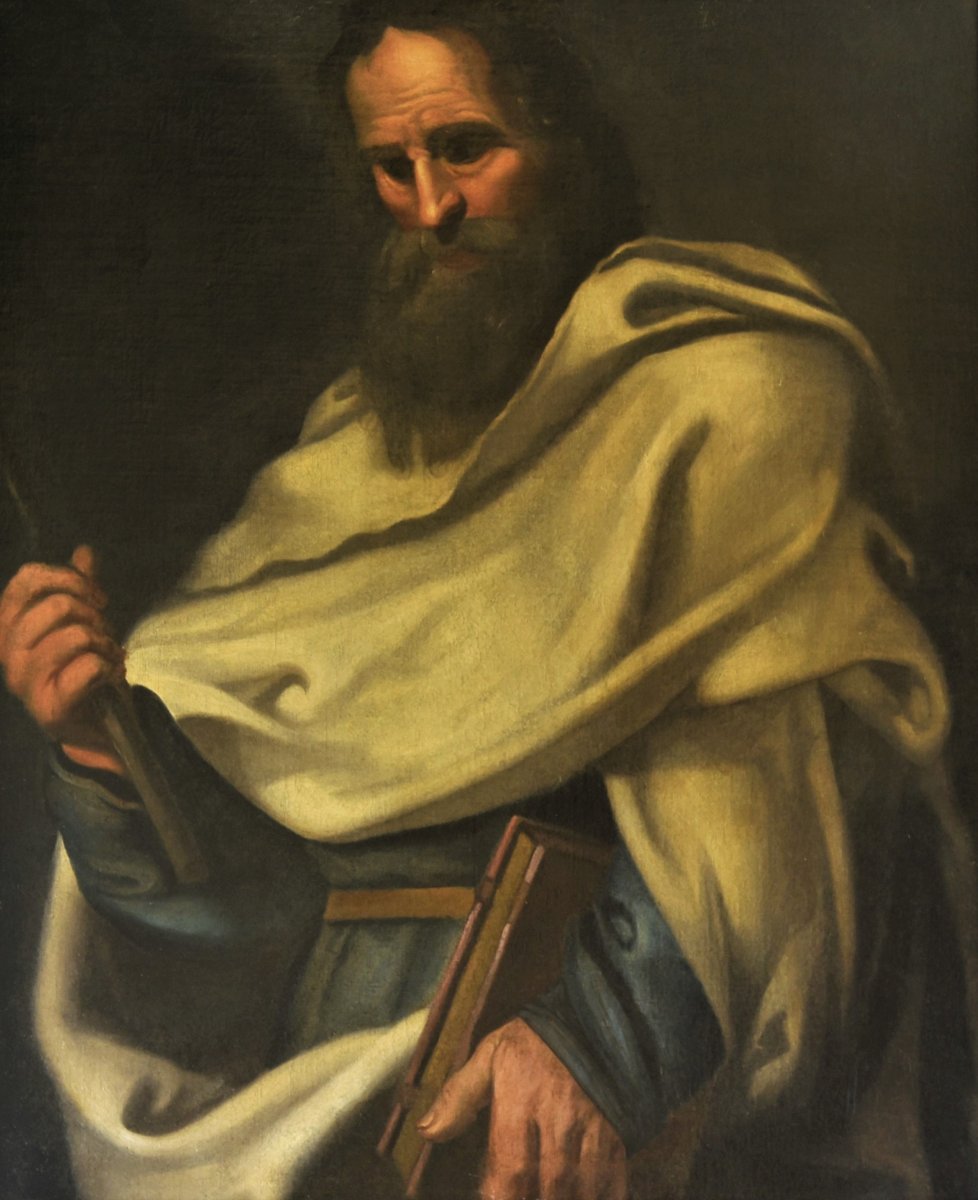
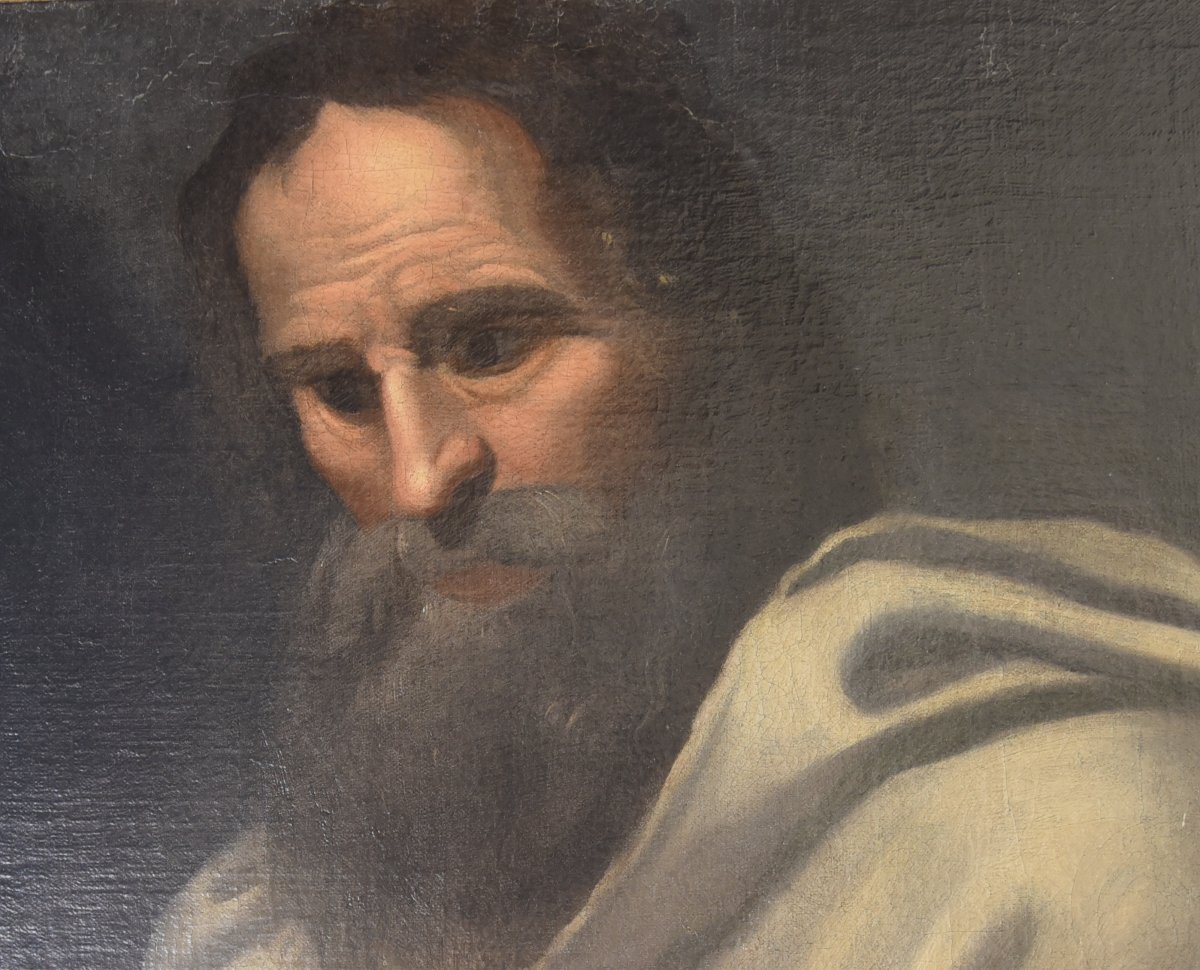
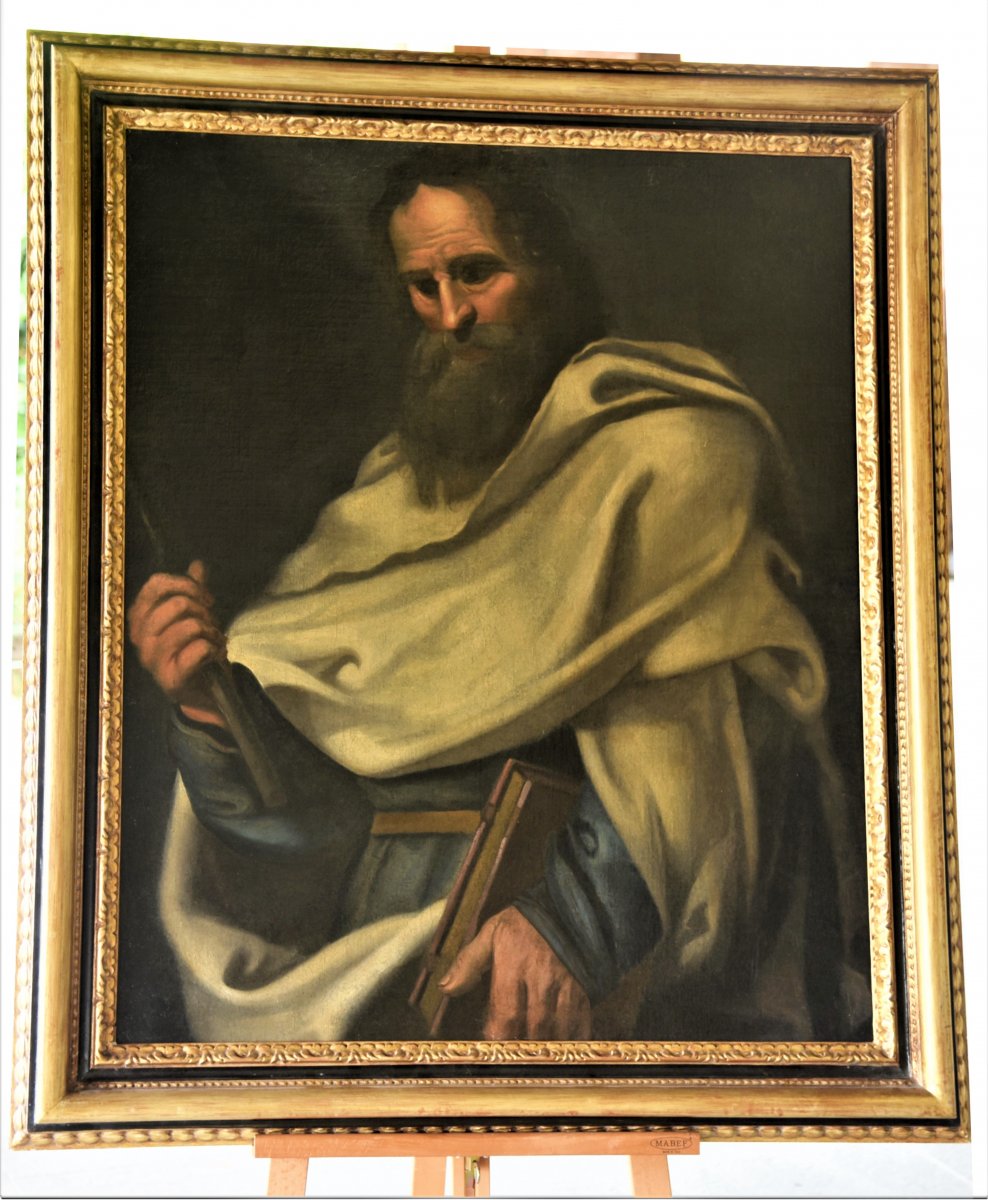
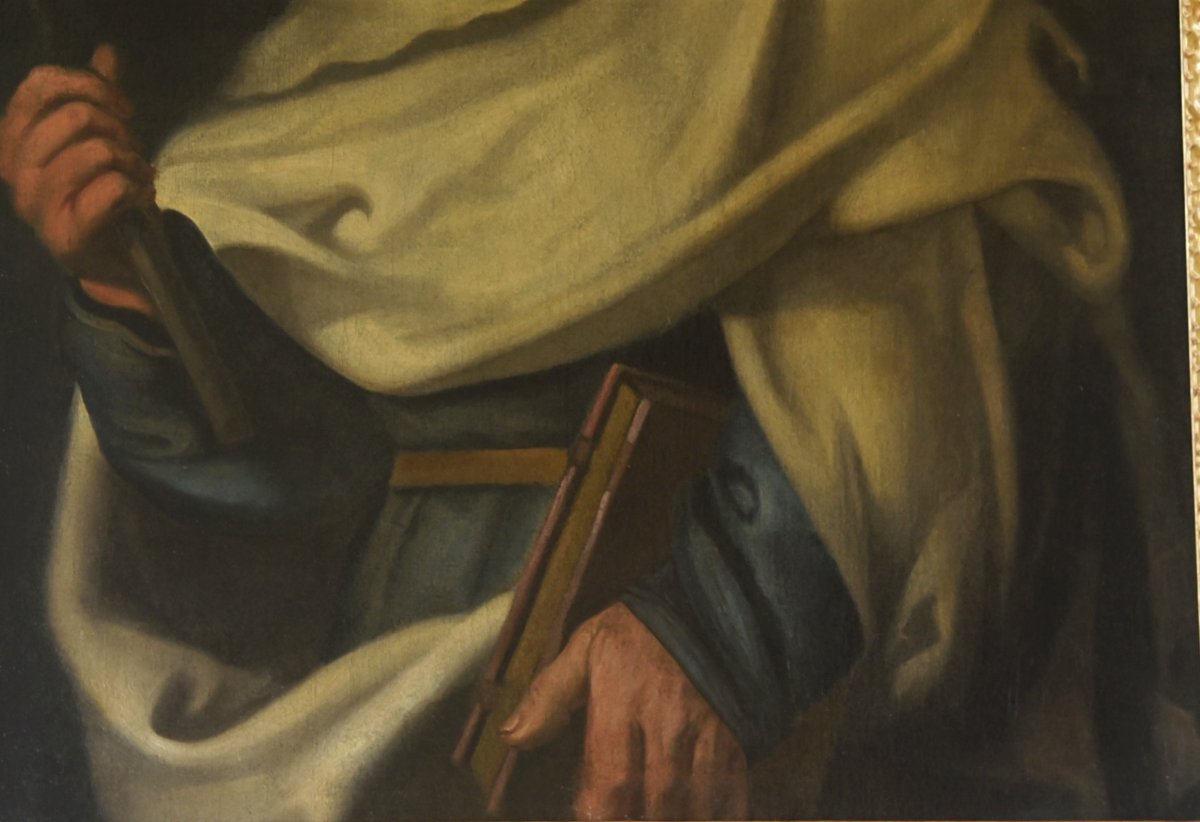

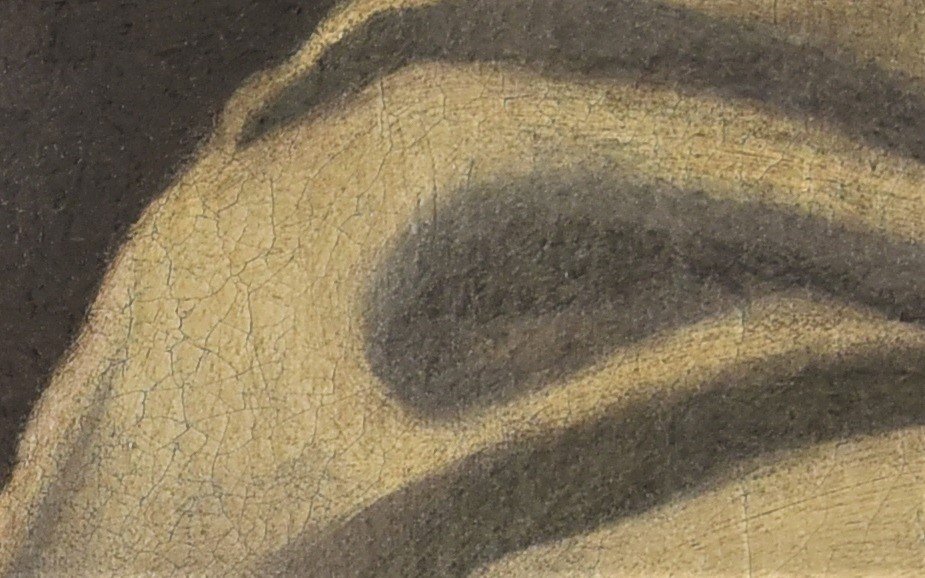
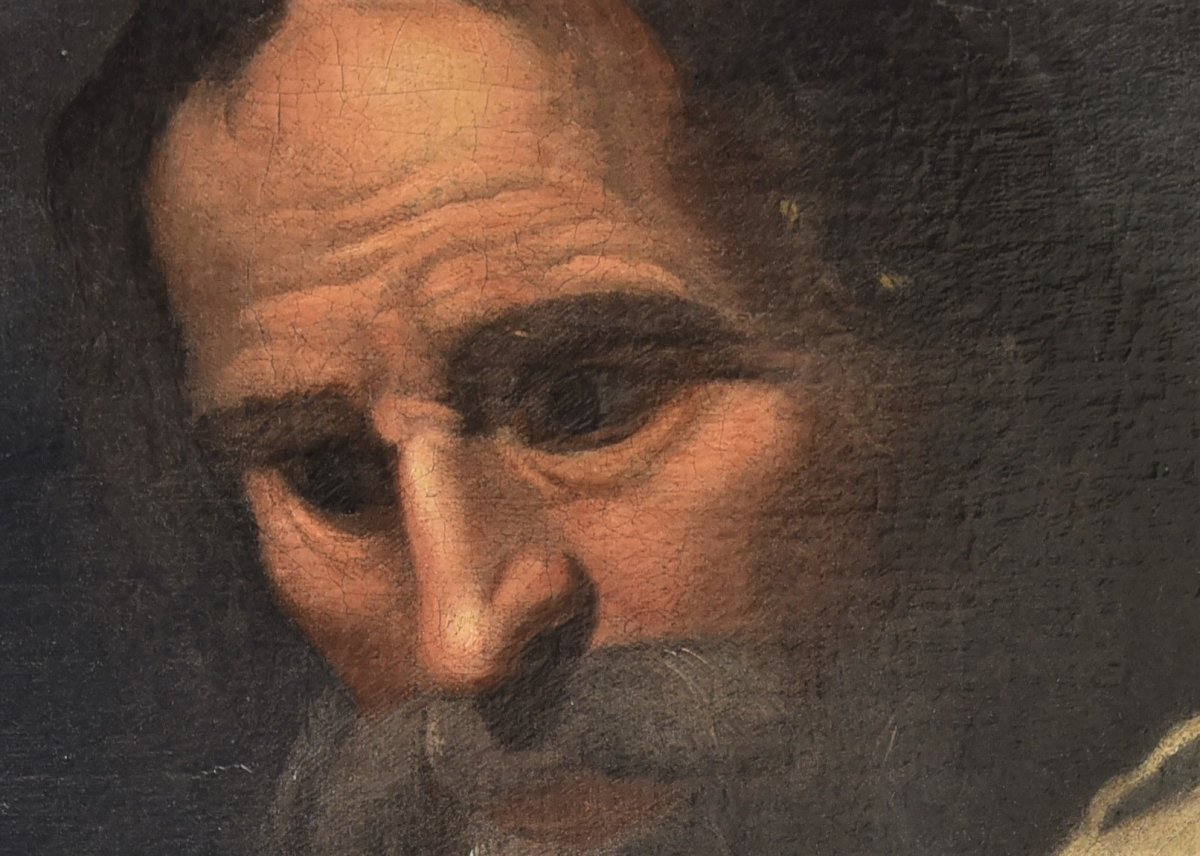
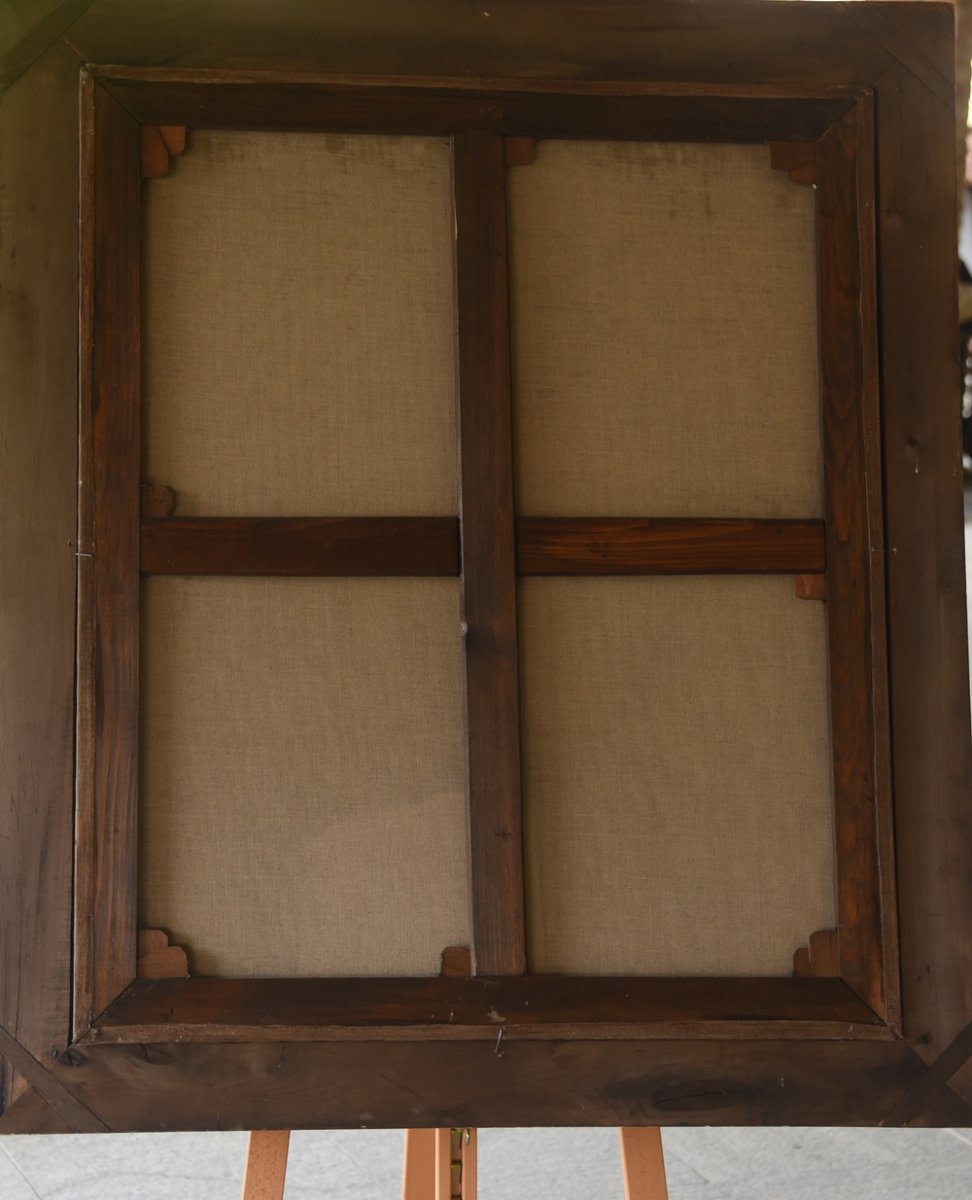




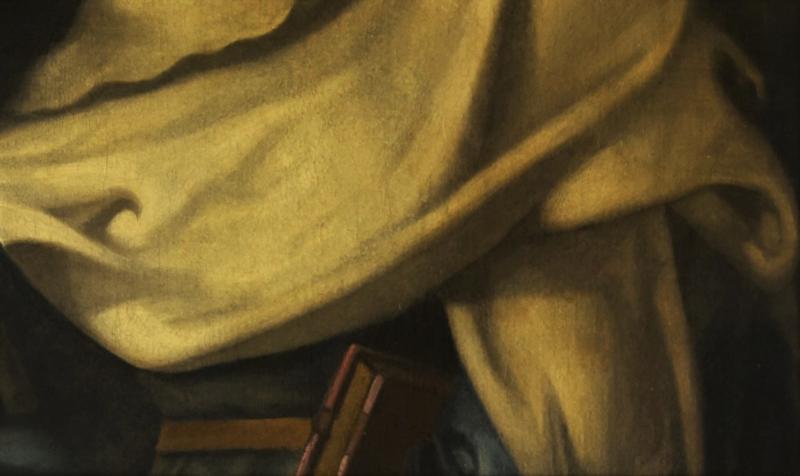





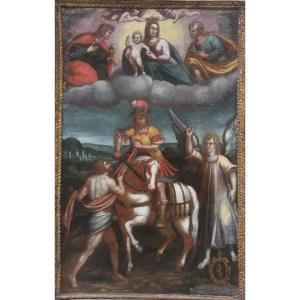




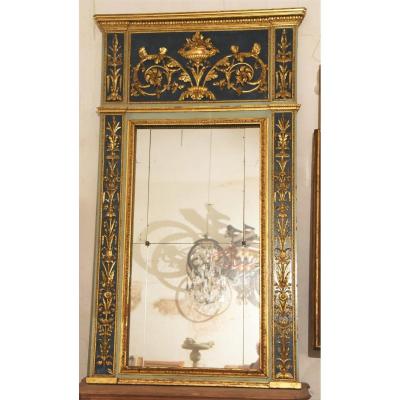
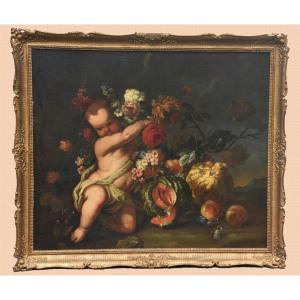

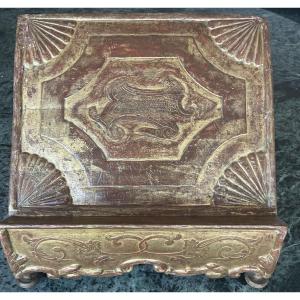
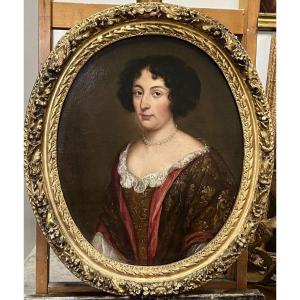
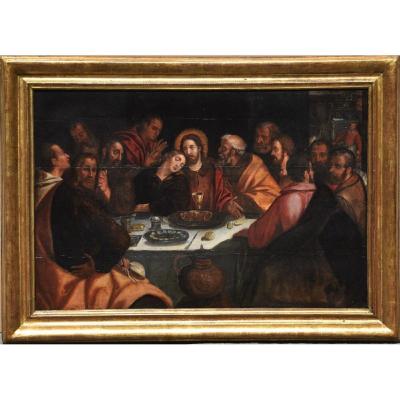

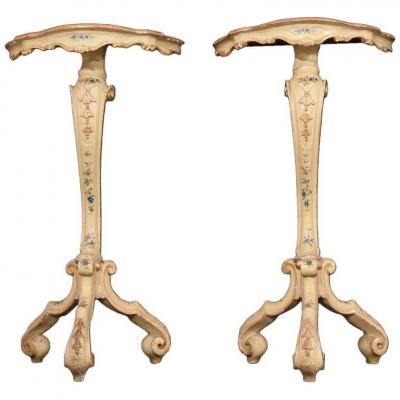
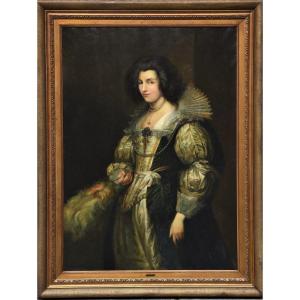
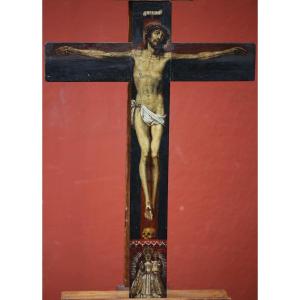

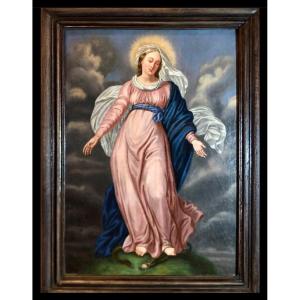
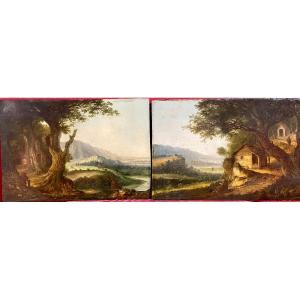
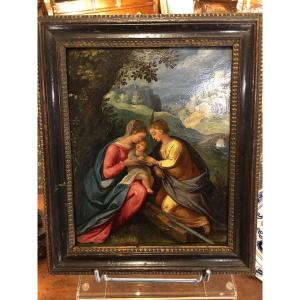




 Le Magazine
Le Magazine Rivista Artiquariato
Rivista Artiquariato TRÉSORS magazine
TRÉSORS magazine